Cuban cuisine is a vibrant tapestry woven with the threads of tradition and taste. At its core lies a collection of cooking techniques passed down through generations, each method a testament to the island’s rich culinary heritage. This guide delves into the heart of Cuban cooking, revealing how traditional practices like marinating and slow cooking are essential to unlocking the authentic flavors that define this beloved cuisine.

From the tangy zest of a well-crafted mojo to the tender pull of ropa vieja, these methods are not just about preparing food; they’re about preserving a culture. As we explore the nuances of Cooking Cuban Style, you’ll find that patience isn’t just a virtue—it’s an ingredient. Whether you’re a seasoned chef or a curious food enthusiast, the journey through Cuba’s kitchen is sure to enrich your palate and your cooking repertoire.
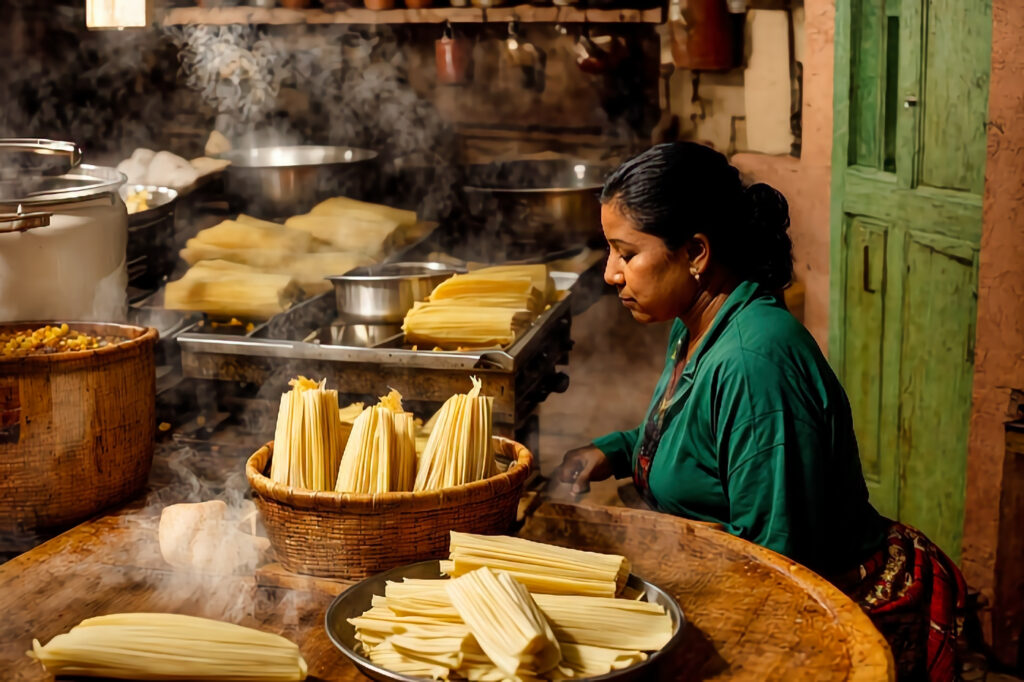
The Art of Marinating
Marinating is the cornerstone of Cuban cuisine, infusing meats and vegetables with a depth of flavor that cooking alone cannot achieve. In Cuba, the marinade of choice is Mojo Criollo, a simple yet potent mixture that embodies the island’s taste profile.
Marinades: The Flavor Foundation
To start, a good Cuban marinade relies on fresh ingredients: sour orange juice, garlic, and herbs. The sour orange, or ‘naranja agria,’ is tart and slightly sweet, perfect for tenderizing proteins and adding a citrusy zing. Garlic, minced or mashed into a paste, brings a pungent kick that’s unmistakable in Cuban dishes. Oregano and cumin, the staple herbs, round out the marinade with earthy and warm notes.
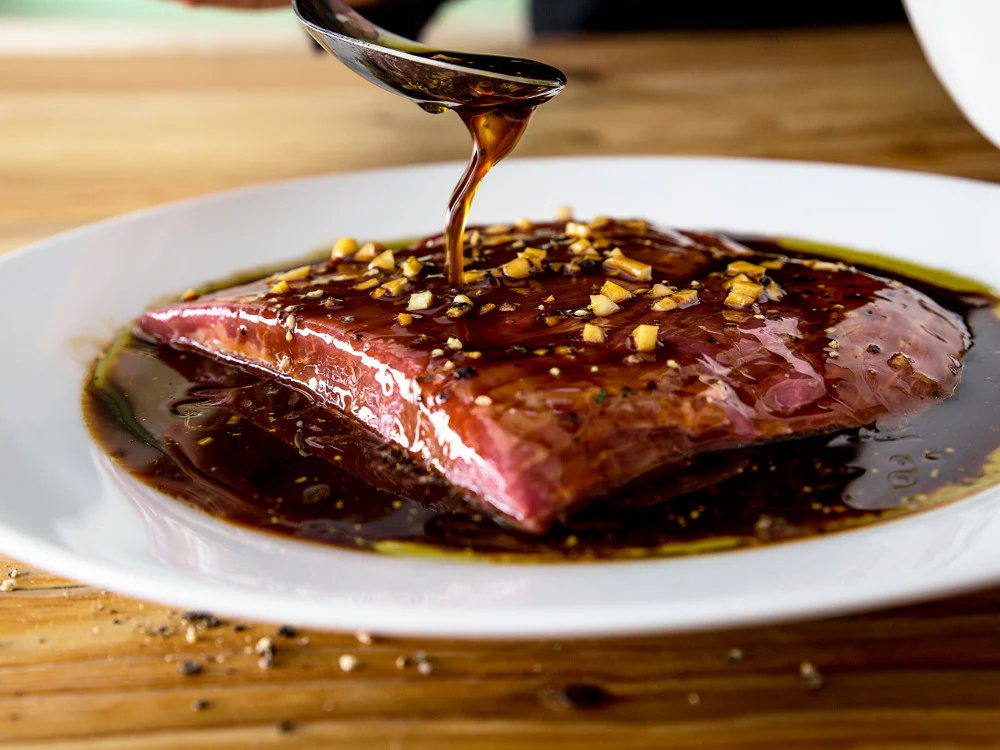
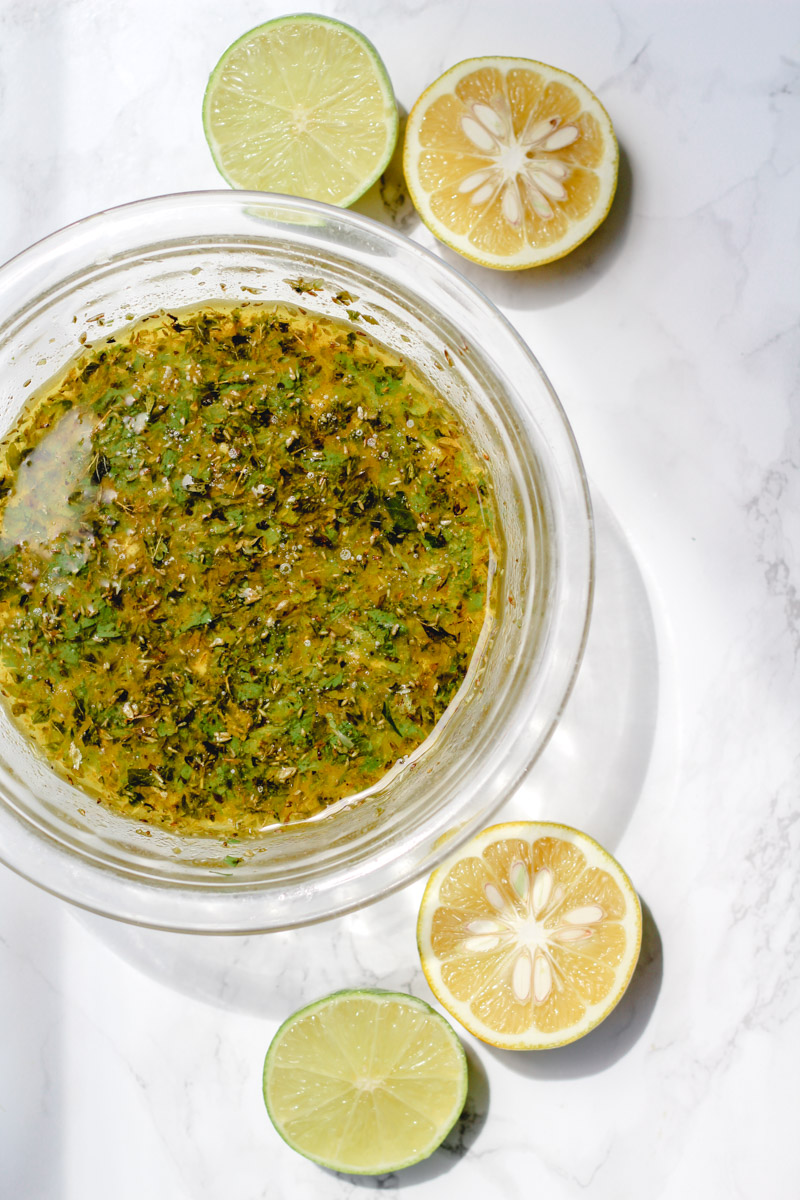
Secrets to Perfect Mojo Criollo:
The secret to a perfect Mojo Criollo lies in its balance. Begin by whisking together the juice of sour oranges and lime, which acts as a substitute if sour oranges aren’t available. Add in the garlic, oregano, and cumin, followed by a generous drizzle of olive oil to emulsify the mixture. The oil not only adds richness but also helps to carry the flavors into the food.
For the best results, marinate your meats for at least an hour or overnight for more robust dishes. Vegetables and seafood, however, require a shorter marinating time to maintain their texture and freshness.
Remember, the goal of marinating isn’t just to flavor the surface but to let the Mojo penetrate deeply, ensuring every bite is infused with authentic Cuban essence. Whether you’re preparing a classic Lechón Asado or a simple grilled fish, the art of marinating is your first step to achieving the true taste of Cuba.
Cooking Cuban Style: Slow Cooking
Slow cooking is a revered method in Cuban cuisine, celebrated for its ability to transform the essential Cuban ingredients into rich, flavorful dishes. This technique is not about haste; it’s about the gentle simmer that coaxes out the soul of the food.
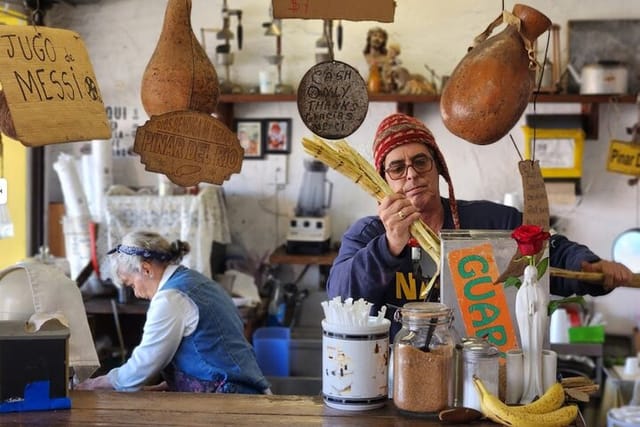
Low and Slow: The Path to Tenderness
The essence of slow cooking lies in its low-heat, prolonged approach. Meats become fall-apart tender, vegetables meld into savory softness, and spices infuse the dish with complexity. It’s a process that can’t be rushed, as the true depth of flavor emerges only with time.
Ropa Vieja: A Case Study in Patience
Take ‘Ropa Vieja,’ for example, a dish whose name means ‘old clothes.’ It’s a fitting metaphor for the shredded beef that resembles tattered rags, but there’s nothing worn about its taste. The beef is first marinated, then seared, and finally left to simmer in a tomato-based sauce with bell peppers and onions. Hours pass, the sauce thickens, and the flavors marry into a dish that’s hearty and homey.
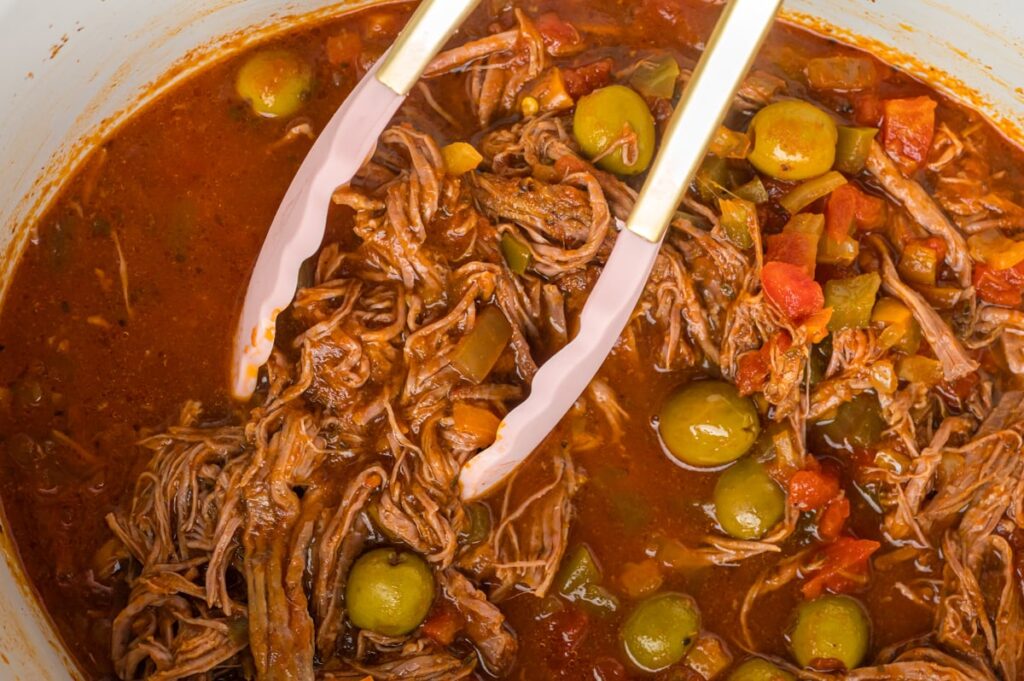
In slow cooking, each ingredient is given the respect it deserves and allowed to contribute its voice to the culinary chorus. The result is a meal that’s not just eaten but experienced, a testament to the power of patience in the kitchen. Whether it’s a stew, beans, or the iconic ‘Ropa Vieja,’ slow cooking is the heartbeat of Cuban culinary tradition.
The Role of Sofrito
Sofrito is the aromatic base crucial to many Cuban dishes, providing a rich backdrop of flavors. This simple yet essential blend consists of onions, bell peppers, garlic, and tomatoes, finely chopped and sautéed until they meld into a fragrant, flavorful foundation.
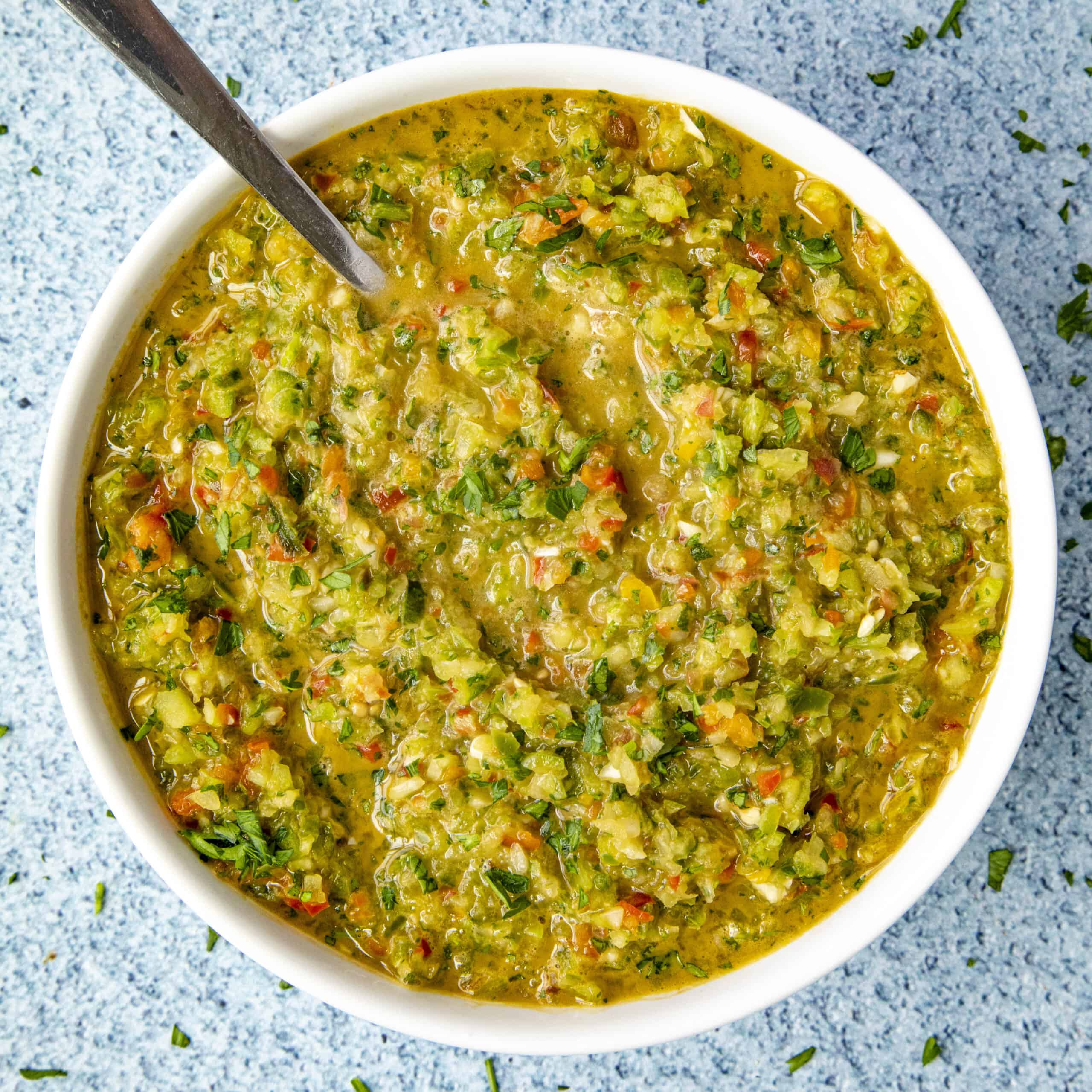
Sofrito: The Heartbeat of Cuban Dishes
The process begins with heating oil in a pan and then adding onions and bell peppers. These vegetables are cooked until they’re soft and translucent, releasing their sweetness. Garlic is added next, cooked just long enough to become fragrant without burning. Finally, tomatoes and a touch of white wine or vinegar are stirred in, bringing acidity and brightness to the mix.
Crafting the Quintessential Cuban Sofrito
For a truly authentic Cuban sofrito, it’s important to use fresh ingredients and cook them slowly, allowing each component to contribute its full flavor. The sofrito should not be rushed; it’s the canvas upon which the rest of the dish is built. Once prepared, it can be used immediately or stored for later use, acting as a versatile base for stews, beans, and rice dishes.
Grilling and Roasting Cuban-Style
Grilling and roasting are techniques that bring a distinctive char and smokiness to Cuban cuisine, essential for creating some of the most iconic dishes.
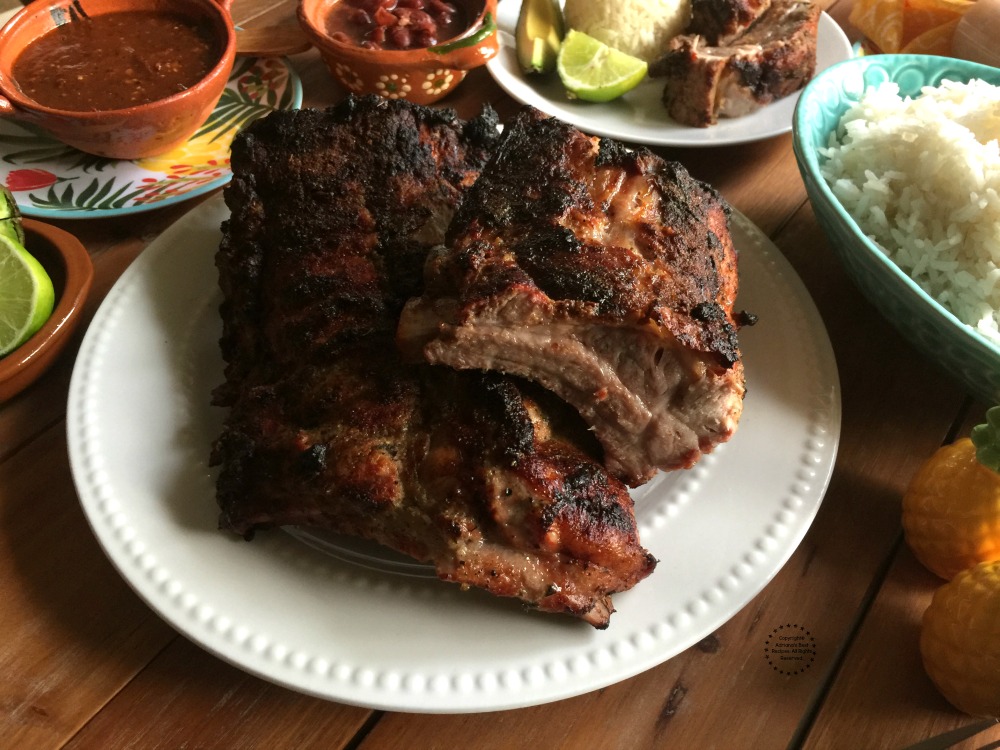
The Char of Cuban Grilling
Cuban grilling is all about the direct flame, which imparts a smoky flavor and a crisp exterior to meats and vegetables. The key is to use moderate heat and patience, allowing the food to cook evenly without burning. Marinades play a crucial role here, not just for flavor but also for creating that perfect sear that’s so characteristic of Cuban grilled foods.
Lechón Asado: The Celebration Centerpiece
Lechón Asado, or roasted pork, is the star of Cuban celebrations. Preparing it involves marinating the pork in Mojo Criollo for hours, sometimes even overnight. The pork is then slow-roasted over an open flame or in a roasting box called ‘La Caja China.’ The result is tender, flavorful meat with a crispy skin that’s irresistible.
Stovetop Simmering Techniques
Stovetop simmering is a fundamental technique in Cuban cooking, essential for dishes that are rich in flavor and history. This method involves cooking food gently in liquid at a low temperature, allowing the ingredients to become tender and the flavors to concentrate.
Simmered Perfection: Cuban Black Beans
Cuban black beans are a classic example of the magic of simmering. Start with beans soaked overnight, then cook them slowly with a sofrito base, adding spices like cumin and bay leaves. The slow simmer allows the beans to absorb the flavors fully, resulting in a creamy, comforting dish that’s both simple and satisfying.
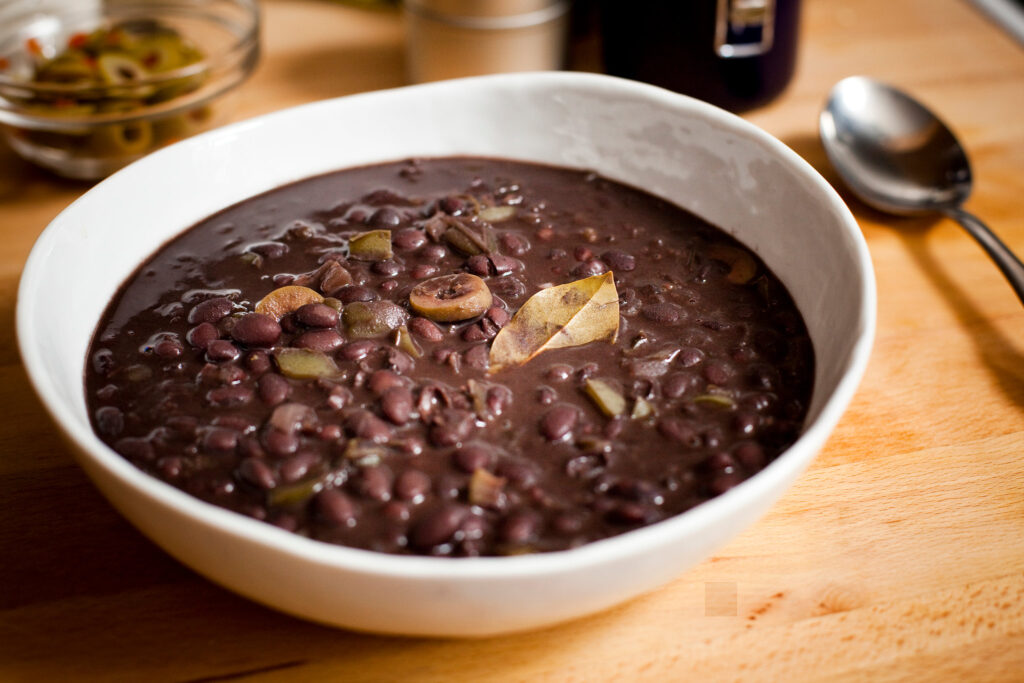
Ajiaco: The Melting Pot Stew
Ajiaco stew is another testament to the power of simmering. It’s a hearty mix of meats, tubers, and vegetables, all simmered together until each ingredient has contributed its essence to the stew. The slow cooking process melds the diverse flavors into a harmonious and nourishing meal that’s greater than the sum of its parts.
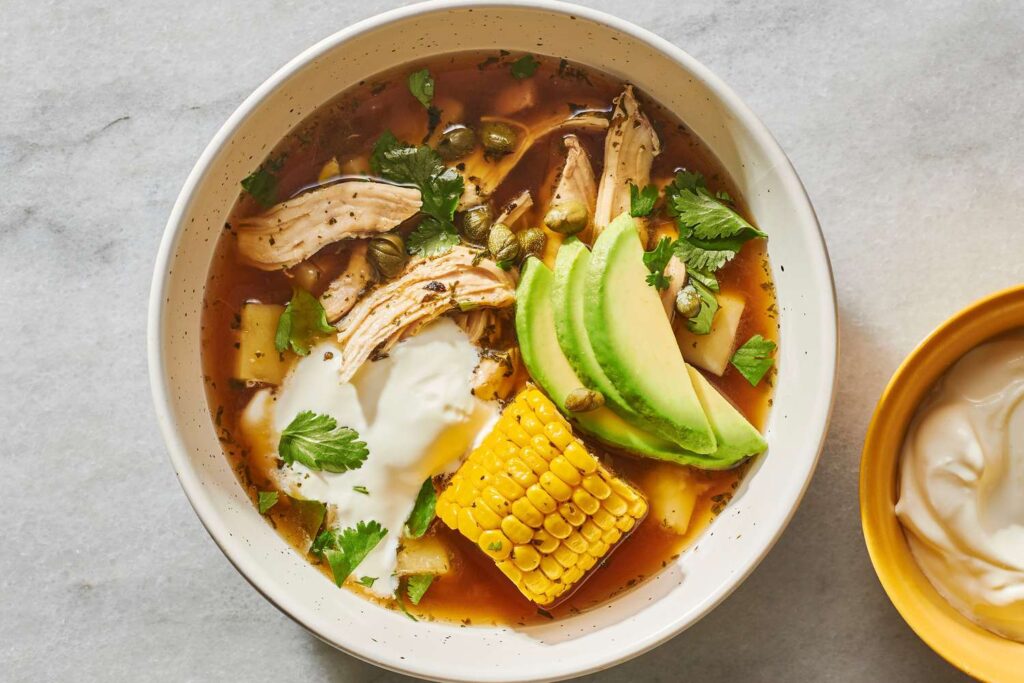
Final Analysis
Cuban Cuisine cooking is a celebration of flavors, techniques, and history. It’s about the slow infusion of marinades, the patience of slow cooking, the richness of sofrito, the smoky char of grilling, and the gentle simmer of stovetop cooking.
These methods are more than just recipes; they’re a tribute to a culture that values taste, tradition, and the time it takes to make something truly special. By embracing these techniques, any kitchen can bring the authentic spirit of Cuban cuisine to life.
Disclosure: Our blog contains affiliate links to products. We may receive a commission for purchases made through these links. However, this does not impact our reviews and comparisons. We try our best to keep things fair and balanced, in order to help you make the best choice for you.
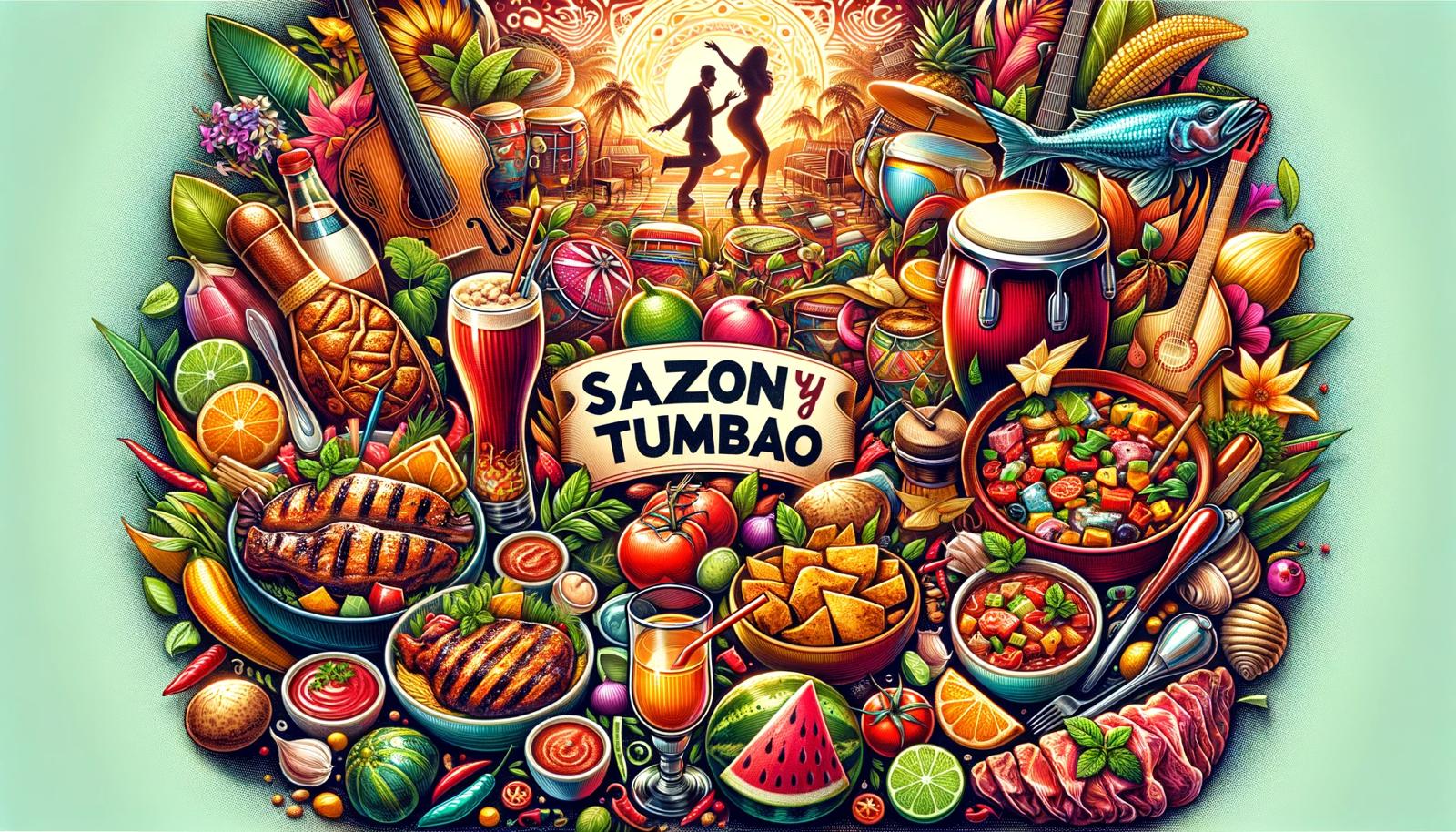
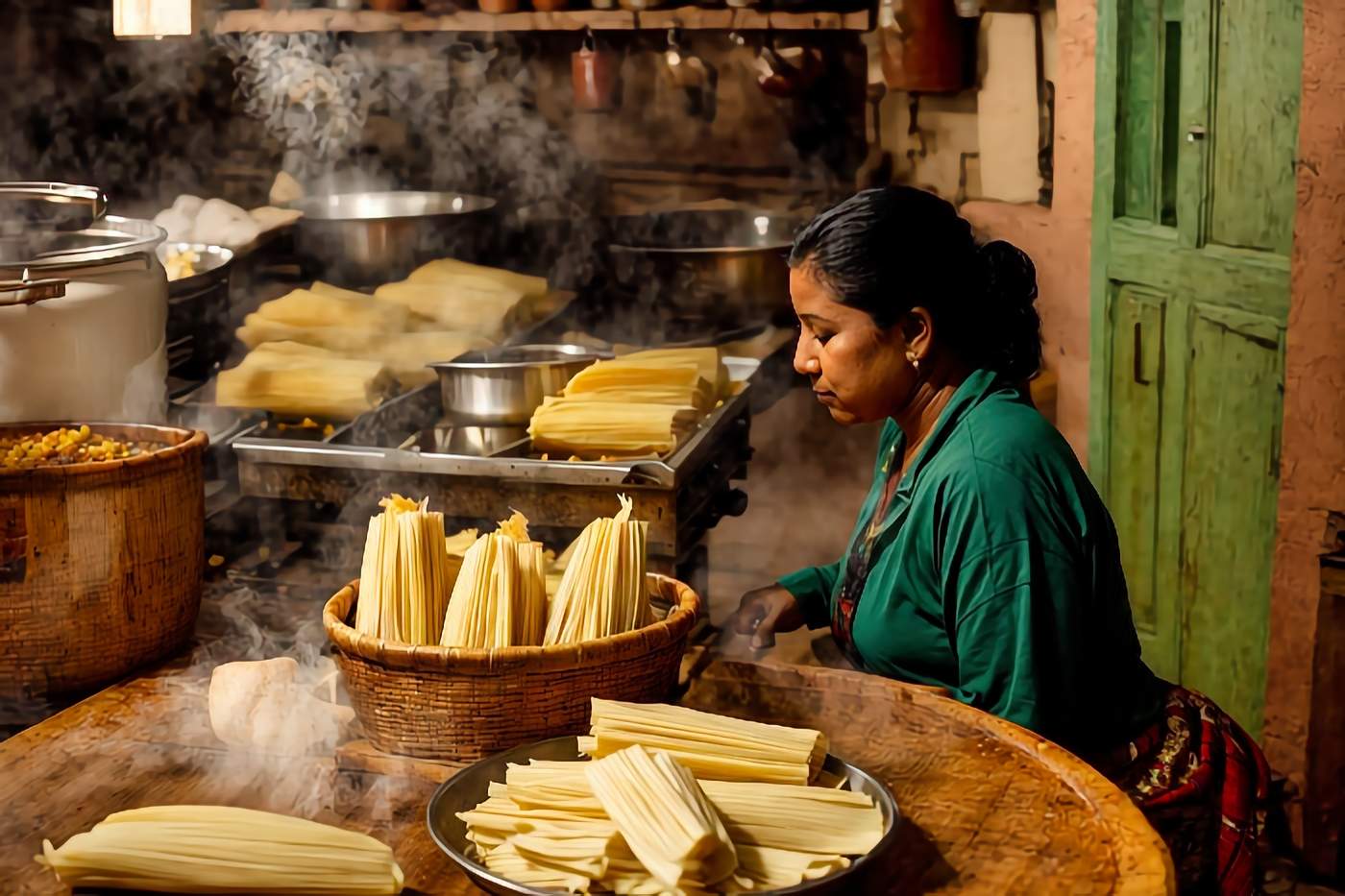
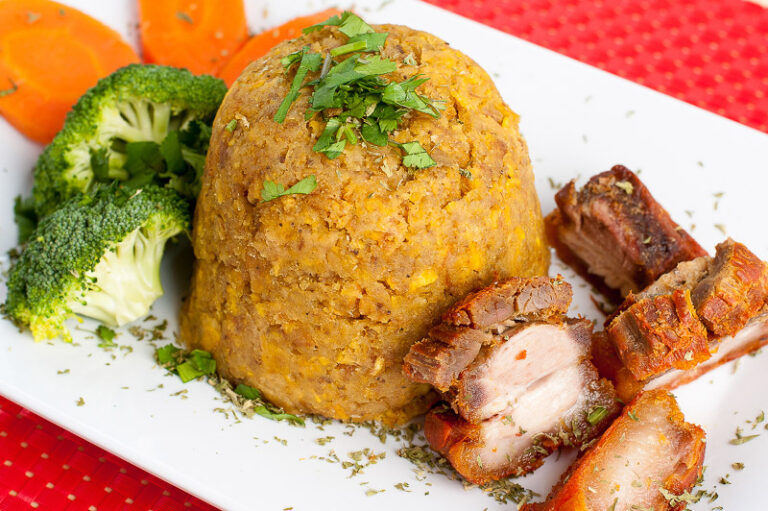

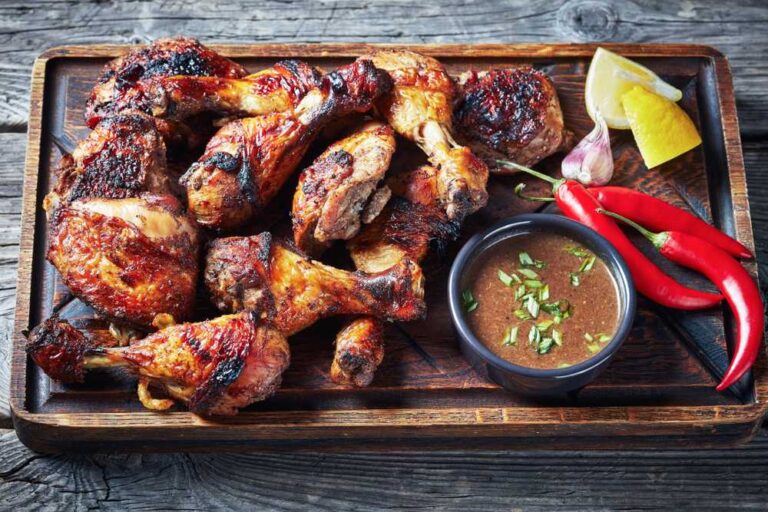
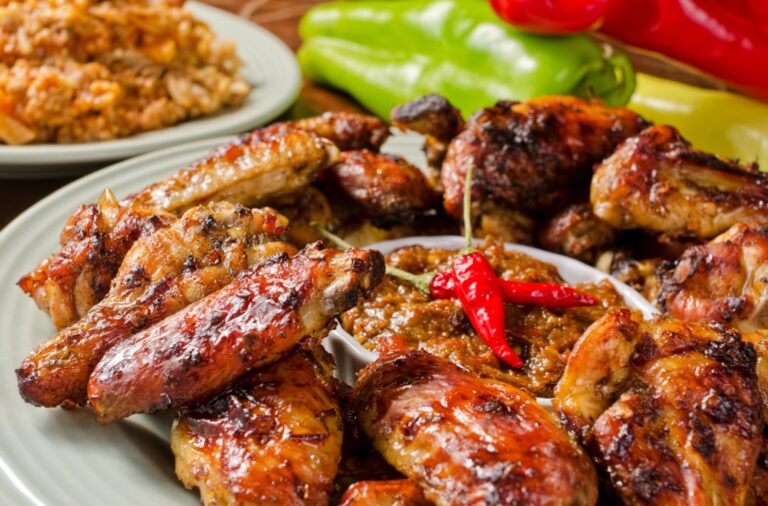
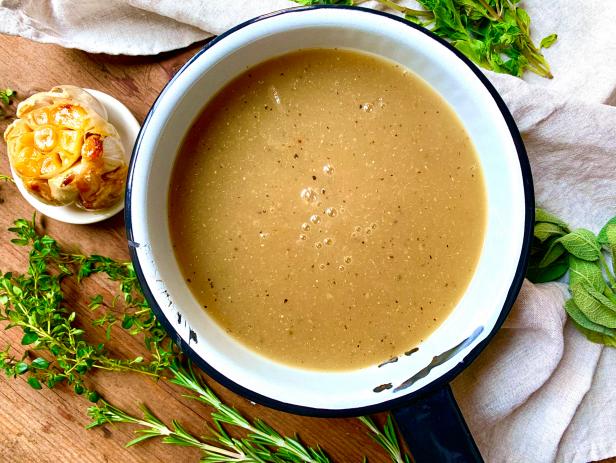
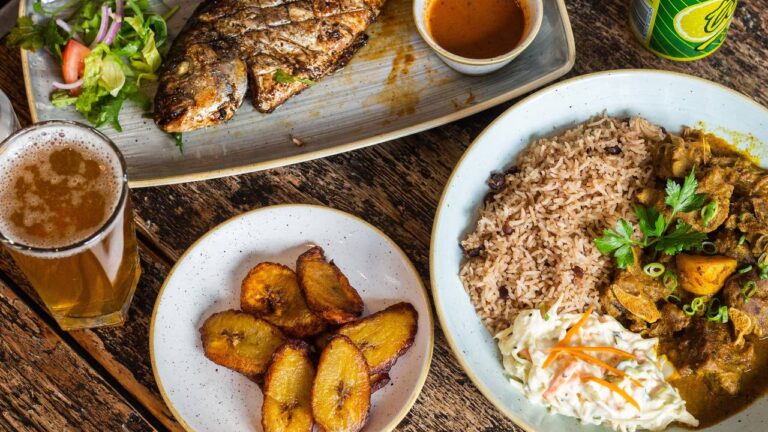
4 Comments